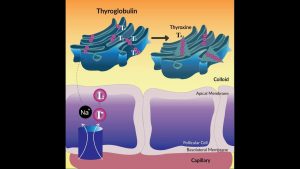RBC contains Hemoglobin having two parts, Heme- an iron containing component, and globin protein. Normally, RBCs undergo hemolysis (=breakdown) in Spleen once they reach the end of their life, roughly ~120 days. The are broken down by the White Blood Cells of Spleen to release the Hemoglobin in them. The globin protein is salvaged, the Heme part separates from the iron it contains. What remains of Heme is now known as Biliverdin. This is then converted to Bilirubin and released into blood where it binds with plasma protein and is called Unconjugated Bilirubin. Because protein molecules are larger than the pores of Kidney, they are not excreted by the Kidney. The Unconjugated Bilirubin, because it is bound to protein, is further bigger than the pores, so it isn’t excreted by Kidney either. This Unconjugated Bilirubin, roaming around in plasma is taken up by Liver where it is combined with Glucuronic acid to form Conjugated Bilirubin. The Liver, then releases this via Bile into Small Intestine where Conjugated Bilirubin undergoes modifications by your intestinal bacteria forming Urobilinogen and then Stercobilinogen, that gives yellow colour to feces. Music: ice flow by Kevin Macleod

Jaundice Explained- What is Bilirubin?
- Post author:
- Post published:June 12, 2021
- Post comments:0 Comments
You Might Also Like

Barbell Bench Press – HASfit Chest Exercise Demonstration – Flat Bench Presses Form – Pectoral

7 day weight loss diet plan
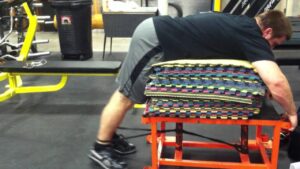
Ghetto reverse hyper

Pharmaceutical grade Meaning

Respiratory System And Asanas Video – 5
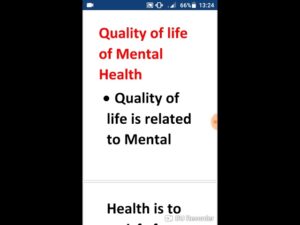
Community Psychology Video – 3
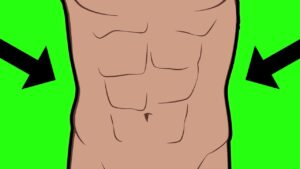
6 Packs Abs Video – 1
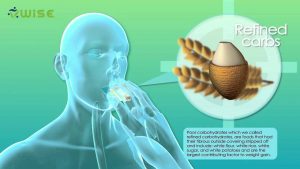
3D medical animation – Why people get fat – Warum Menschen Gewicht zunehmen – designidentity
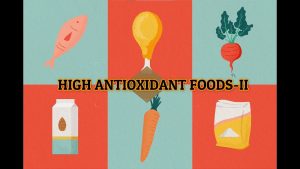
VEGETABLES HIGH IN ANTIOXIDANTS| TOP 5 HIGH ANTIOXIDANT FOODS

Fat Loss, Weight Loss Video – 19
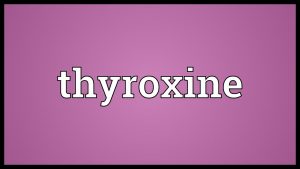
Thyroxine Meaning

Golf Video – 4

How to Do a Bench Dip | Arm Workout
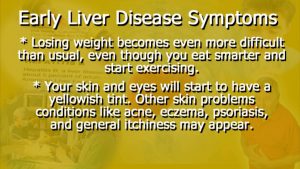
Early Liver Disease Symptoms
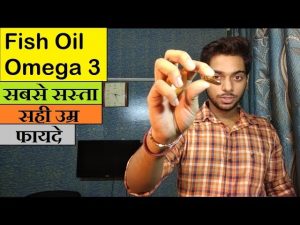
Fish Oil Benefits – Omega 3 at Chemist @200 rs. ||healthviva omega 3 capsule

Testosterone & Androgenic Effects Video – 16

How to INCREASE Your Lung Capacity !!
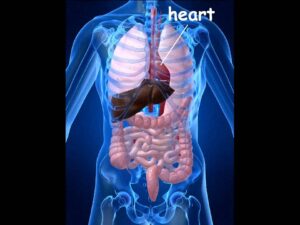
INTERNAL ORGANS
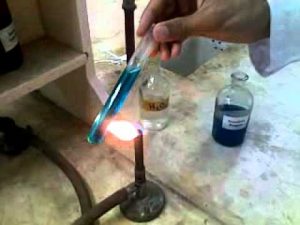
Benedicts Test – Urine Analysis
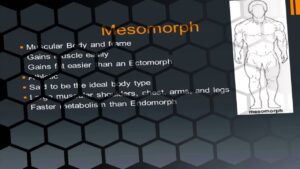
What body type am I? Mesomorph

Pain-Free Bench Step Ups | No More Knee Pain!

Increase Breast Milk after C- Section | Lactation Consultant – Dr.Shagufta Parveen | Doctors’ Circle
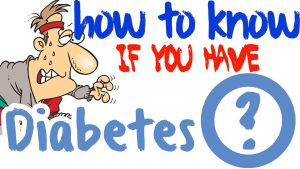
How Do You Know If You Have Diabetes – Type 2 Diabetes Symptoms

Cosmetic Nutrition Video – 2
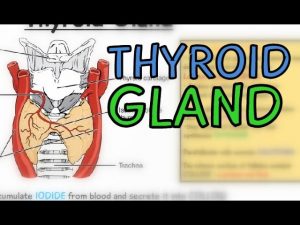
Thyroid Gland – Thyroid Follicles – Parafollicular Cells – Thyroid Hormones – T3 T4 and Calcitonin

Best energy food during pregnancy and after delivery
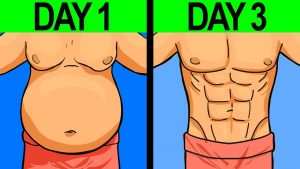
Lose Belly Fat in 3 Days with a Fasting Diet

During Workout Nutrition Video – 1
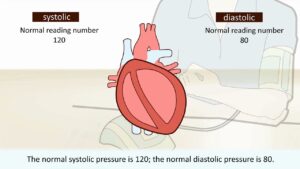
High blood pressure – What is it?

What Is The Definition Of Physiology Medical School Terminology Dictionary

A Healthy Guide to Good Nutrition | What is Nutrition | Nutritional Information
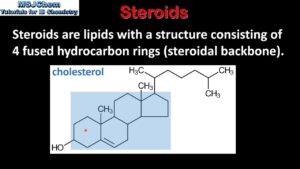
B.3 Steroids (SL)

Supplements For Beginners | Complete Supplement Guide For Beginners

Basketball Video – 2

High Blood Pressure – Causes, Symptoms and Treatment Options
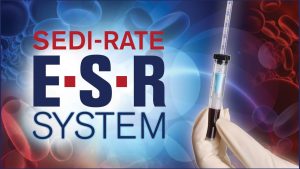
Sedi-Rate ESR System from Globe Scientific
Antioxidants

Omega 3 Side Effects | Do Not Take Fish Oil Until You Watch This

Sperm and Eggs Cells | Cells | Biology | FuseSchool

Wexford University Health, Fitness, Nutrition Degrees
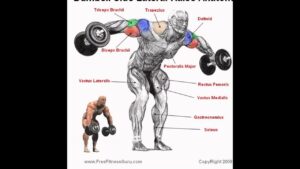
Best body building exercise
